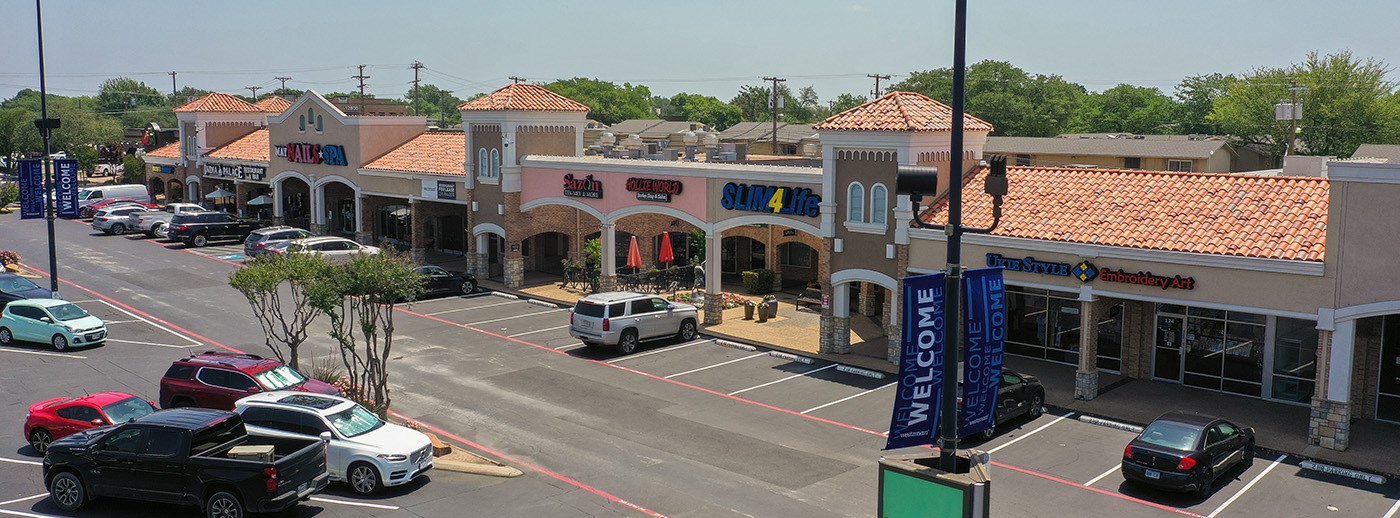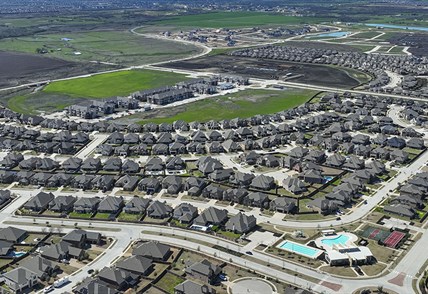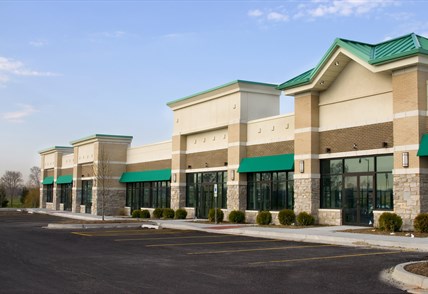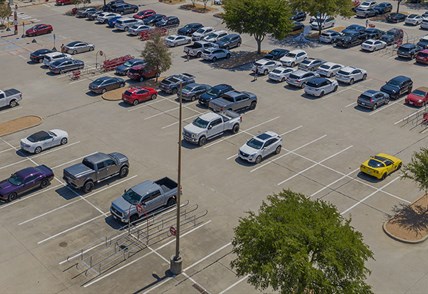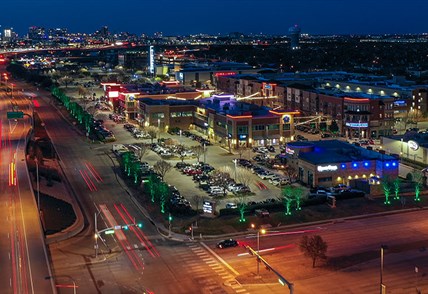By Herb Weitzman, executive chaiman
Whole Foods Market’s announcement that its newest expansion driver will be a store no larger than 14,000 square feet reminded me of the old truism that the more things change, the more they remain the same.
For context, Whole Foods earlier this year said that it plans to open new-format stores ranging between 7,000 to 14,000 square feet, much smaller than the average 40,000-square-foot Whole Foods Market.
The new format offers Whole Foods a way to locate quick-shop locations in dense, metropolitan areas, with the first such store slated for Manhattan.
Whole Foods locating an urban store along a busy city street is something of a return to grocery shopping’s roots.
Grocery stores evolved as our metro area grew to include pharmacies and become anchors in strip centers that were starting to pop up all over town, a move away from freestanding mom-and-pop mercantile and grocery stores and “Main Street” neighborhood shopping that ruled prior to the late 1950s.
In 1964, I worked with the owner of a key tract of land at Preston Road and what is now LBJ.
We worked out a 99-year ground lease on the land and, after a lot of planning and hard work, opened Preston Valley Shopping Center, anchored by a 16,200-square-foot A&P. This was a standard-sized grocery store back in the 1960s.
Contrast that to today; we’re working on a new grocery-anchored center in Fort Worth, Bonds Ranch Marketplace, which will be anchored by a 128,000-square-foot Kroger. That old A&P could probably fit inside the produce department of this new store!
Today, the A&P is long gone, but Weitzman still operates Preston Valley. The center has gone through many upgrades over the years, but it still serves the purpose of meeting neighborhood needs and wants.
A&P’s big competitor back then was a local concept called Tom Thumb, started in 1948 with a small format like other grocers at the time.
But in the 1960s, Tom Thumb began opening the first true grocery superstores in our market with its Tom Thumb/Page format, with Tom Thumb offering a full grocery store and Page offering a full-line drug store.
Larger grocery formats continued to prove successful, and the first ‘supercenter’ in D-FW opened in the 1980s with a Tom Thumb (groceries) and Walmart (discount department store) joint venture, the “Hypermart”,
That concept remained limited to one Garland store and later closed, but it but it set the pattern for ever-larger grocery formats to meet the needs of D-FW’s exploding suburban population. And it introduced Walmart to the grocery business. In fact, by the 2000s, our market’s number one grocer was Walmart, with its huge 200,000-square-foot-plus Supercenters, followed by Kroger with its massive Marketplace stores.
But while grocers were getting larger, they didn’t forget their smaller formats. Kroger, as an example, has a smaller format for dense urban markets called Fresh Fare. Tom Thumb has smaller urban formats in mixed-use projects in urban markets Deep Ellum in Dallas and on West 7th in Fort Worth.
No matter what the size, the grocery store remains the strongest anchor for a community retail center, benefitting from the synergy with the surrounding shops, restaurants and tenants.
Food Lion tried to buck this synergy and expanded rapidly with a ‘middle-of-the-block’ strategy, placing its freestanding 40,000-square-foot stores between neighborhoods and big retail intersections. They soon closed these stores when the lack of co-tenancy and cross shopping proved difficult to overcome.
The operators of those long-ago Tom Thumbs and A&Ps would marvel not only at the size that today’s grocery stores can reach, but also at the array of new online and digital tools that allows grocers to pinpoint locations and align merchandising with the shopping habits and needs of their customers, both now and in the future.
Without a doubt, no category is more dynamic than the grocery store category. Now D-FW has a new major competitor, H-E-B, which is expanding with stores of around 118,000 square feet or so, well sized for the growing suburban markets they are locating in. H-E-B also will open a smaller concept here, the 55,000-square-foot value concept Joe V’s Smart Shop in southern Dallas.
More stores are under way this year and next from H-E-B, Kroger, Tom Thumb, Sprouts and others. And if history is a guide, they’ll do extremely well when they are sized right and merchandised right for the communities they are serving.
This Insight originally appeared in D CEO Magazine
